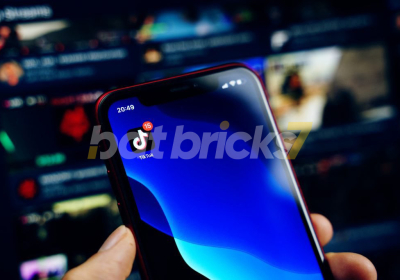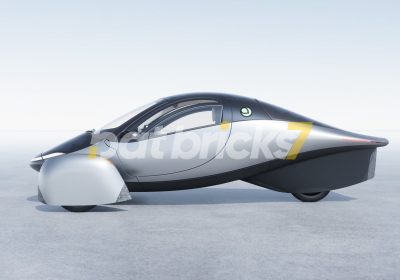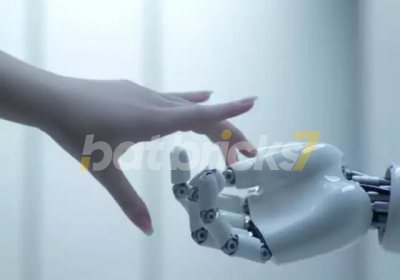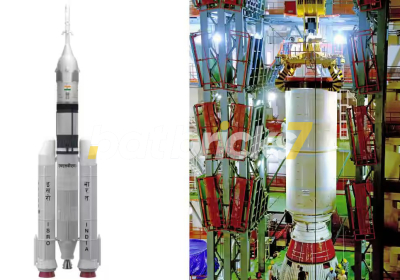The real life Jetsons Hydrogen powered flying taxi completes a record 561-mile journey over California - with no emissions except water
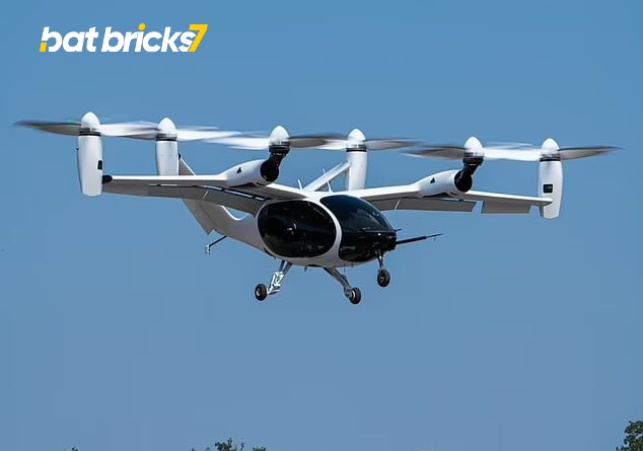
The real life Jetsons Hydrogen powered flying taxi
The first hydrogen-powered vertical takeoff aircraft has made its longest flight
A commercial version of the flying taxi could be available in the US by 2050
From the Jetsons to Blade Runner, flying cars have long been a classic trope of science fiction blockbusters.
But science fiction has officially become reality, as a real-life flying taxi has completed a record 561-mile (902km) test flight over California.
To put that into perspective, that's about two times as long as The Grand Canyon
The flying car is the brainchild of Joby Aviation and is fueled by hydrogen, meaning it produces no emissions other than water vapour.
JoeBen Bevirt, founder and CEO of Joby, said: 'Imagine being able to fly from San Francisco to San Diego, Boston to Baltimore, or Nashville to New Orleans without the need to go to an airport and with no emissions except water. That world is closer than ever.'
A flying taxi designed by Joby Aviation (pictured) has beaten its own record flight distance by travelling 561 miles (902km) on a single tank of hydrogen
From the Jetsons (pictured) to Blade Runner, flying cars have long been a classic trope of science fiction blockbusters
The air taxi, which has been partly funded by the US military, is powered by six propellers, which give it the ability to take off and land vertically like a helicopter.
Once airborne these propellers rotated from a vertical to a horizontal position, allowing the taxi to fly forward like a traditional fixed-wing aircraft.
That adaptable capacity allows the craft to carry four passengers at top speeds of 200 miles per hour (322kmph) or fly within urban areas.
This is not the first time an aircraft with this design has been flown, but what makes Joby's aircraft unique is what powers these propellers.
The craft is a modified version of an original all-electric aircraft designed by Joby which has already completed 25,000 miles (40,000 km) of test flights.
Rather than using fossil fuels or a purely electric system, Joby has now created a hydrogen-electric power system to provide clean energy over longer flights.
Joby Aviation announced it had set a new record just weeks after tripling its previous distance by travelling 523 miles (842 kilometres) on a single charge
The craft's batteries have been replaced with a fuel cell capable of holding 40kg (88 lbs) of liquid hydrogen which can be converted into electricity, heat, and water vapour in flight.
However, the taxi still retains a few onboard batteries to give additional power during takeoff and landing.
The advantage of using hydrogen is that it allows the aircraft to travel much further without refuelling.
A version of the flying taxi fitted with batteries was able to fly for 100 to 150 miles (160 to 240 km) before needing to recharge.
This hydrogen-powered design, however, would enable the taxi to make runs between cities and even countries without the need to refuel.
After completing a 523-mile flight, the company revealed that it still had 10 per cent of its fuel left over.
Pushing the limits of the design further, the company announced in a post on X, formerly Twitter, that it had subsequently travelled 561 miles on a single fuel tank.
Mr Bevirt said: 'Traveling by air is central to human progress, but we need to find ways to make it cleaner.'
With a range of 561 miles, a passenger starting in London would be able to comfortably travel as far as Paris, Zurich, and Edinburgh without needing to pause.
And, travelling at its top speed as the crow flies, you could make the 332-mile (534km) journey to Edinburgh in well under two hours.
With an extended range, Joby says it could create an air taxi network capable of flying between various cities without the need to refuel
Joby says that its battery-powered aircraft (pictured) will be available for sale by 2025
While Joby cannot confirm when it expects the hydrogen-powered model to be available, the purely electric version may be closer than you expect.
Joby says that it is the first Electric Vertical Takeoff and Landing (EVTOL) aircraft to complete three of the five rounds of Federal Aviation Authority certification.
The original test craft has now made 25,000 miles (40,000 km) of test flights in Marina, California and New York.
Joby says it will now focus on securing the fourth stage of certification and expects the battery design to be on sale by 2025.
Joby Aviation has previously claimed its flying taxi trips will be available in Dubai from early next year.
The original air taxi design has completed 25,000 miles (40,000 km) of test flights and has passed three of the five FAA certification rounds
Joby Aviation is bringing flying taxis to Dubai as soon as 2025 and will ferry passengers from the Dubai Airport to the tourist hotspot of Palm Jumeirah in just 10 minutes
The firm has signed a deal with Dubai's Road and Transport Authority (RTA) to launch air taxi services there by early 2026, with Joby targeting initial operations as early as next year.
The proposed route would ferry passengers from Dubai Airport to Palm Jumeirah, the city's archipelago of artificial islands and tourist hotspot, in just 10 minutes.
The company also points out that the progress made in launching the battery-powered flying taxi should pave the way for the hydrogen-cell version to follow.
However, Joby Aviation has not commented on how much either the battery or hydrogen-powered model would cost.
Mr Bevirt says: 'The vast majority of the design, testing and certification work we've completed on our battery-electric aircraft carries over to commercializing hydrogen-electric flight.
'In service, we also expect to be able to use the same landing pads, the same operations team, and Joby's ElevateOS software that will support the commercial operation of our battery-electric aircraft.'



